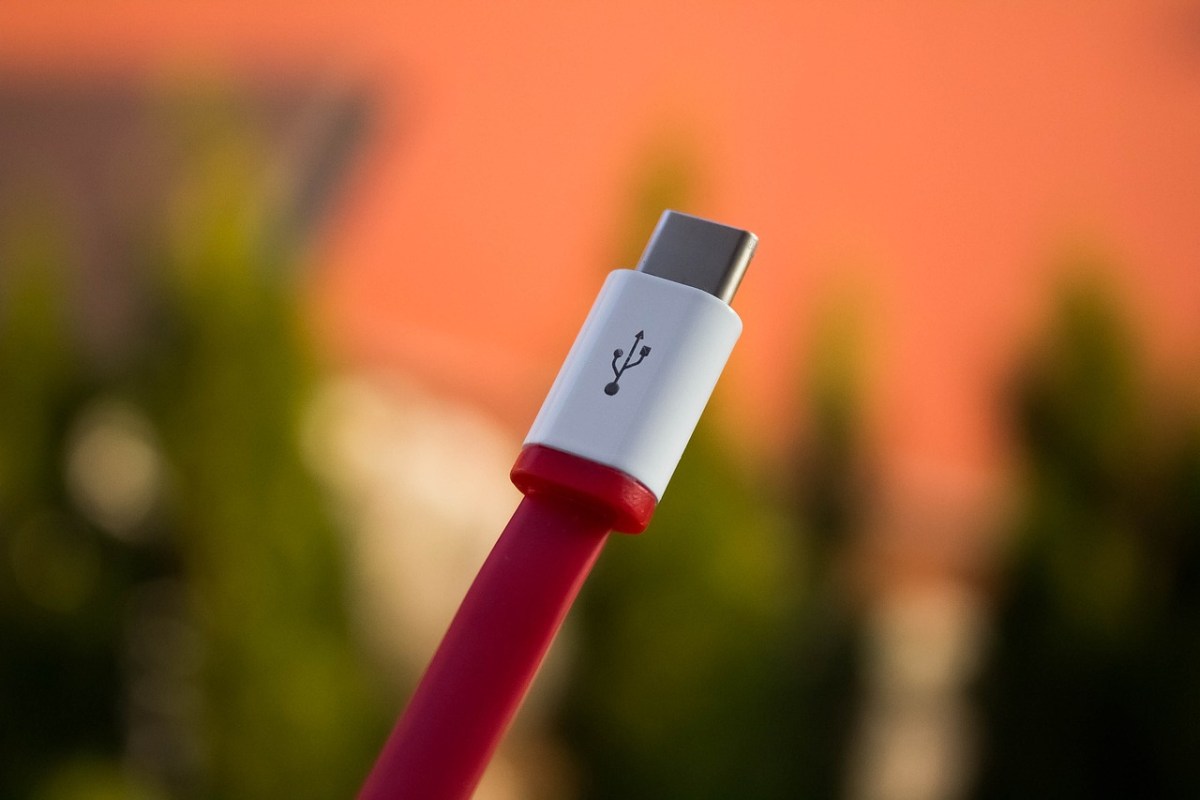Now in the European Union there is an expiration date for device manufacturers, since in recent years, it has been in dispute with its 27 member states, in order to decide and demand a rule so that all devices, from phones, tablets, and others have only a USB Type-C port for data transfer and charging.
An agreement was reached in the European Union which is provisional and which established a single charging solution, which is the USB Type-C port, for most electronic devices, for example, phones, digital cameras, tablets, portable speakers, earbuds, e-readers, headphones and handheld consoles.
The Rule
When the conversation and debate about device ports first started, the initial ruling said that devices introduced in the fall of 2024 had to comply with the new USB Type-C port rule, however, it was entered into the Official Journal of the EU, and has an expiration date of December 28, 2024, which is a little later than what was initially discussed.
The Decision
“Since 2009, efforts have been made at Union level to limit the fragmentation of the market for charging interfaces for mobile phones and similar items of radio equipment. Although recent voluntary initiatives have increased the level of convergence of charging devices, which are the external power supply part of chargers, and decreased the number of different charging solutions available on the market, those initiatives do not fully meet the Union policy objectives of ensuring consumer convenience, reducing electronic waste (e-waste) and avoiding fragmentation of the market for charging devices,” the European Union mentioned at the time of making the decision.
Objectives
Likewise, the objectives were mentioned, which are focused above all on reducing waste and electronic waste, “This Directive is aimed at reducing the e-waste generated by the sale of radio equipment, and at reducing the extraction of raw materials and the CO2 emissions generated by the production, transportation and disposal of chargers, thereby promoting a circular economy,” said the EU about its objectives and purposes with the change of ports.
Other things to keep in mind
Apple is one of the companies that can be hit the hardest regarding the USB Type-C port rule, as the company continues to release new Apple-branded devices like iPhones, AirPods (you can also check how yo clean your AirPods), and a few other accessories that come with the proprietary Lightning port, instead of which USB-C is being required.
However, Apple has been aware of the change and announced that it would comply with the EU ruling, but it is unclear to what extent it would comply. Even so, it is understood that by theory the Apple company could manufacture a USB-C iPhone for Europe and keep Lightning in the rest of the world.
Also, there have been several rumors of late that the iPhone 15 Pro models may have faster data speeds and they also suggest that all iPhone 15 models will have the newer port, which may be a change, not yet announced, for a USB-C port.
The countries that are involved in the rule are those that are part of the European Union, such as France, Germany, Spain, Italy, Sweden and others, and it can even come into force for other countries such as Northern Ireland, which Despite being part of the UK, the country is in the EU’s single market for goods.

